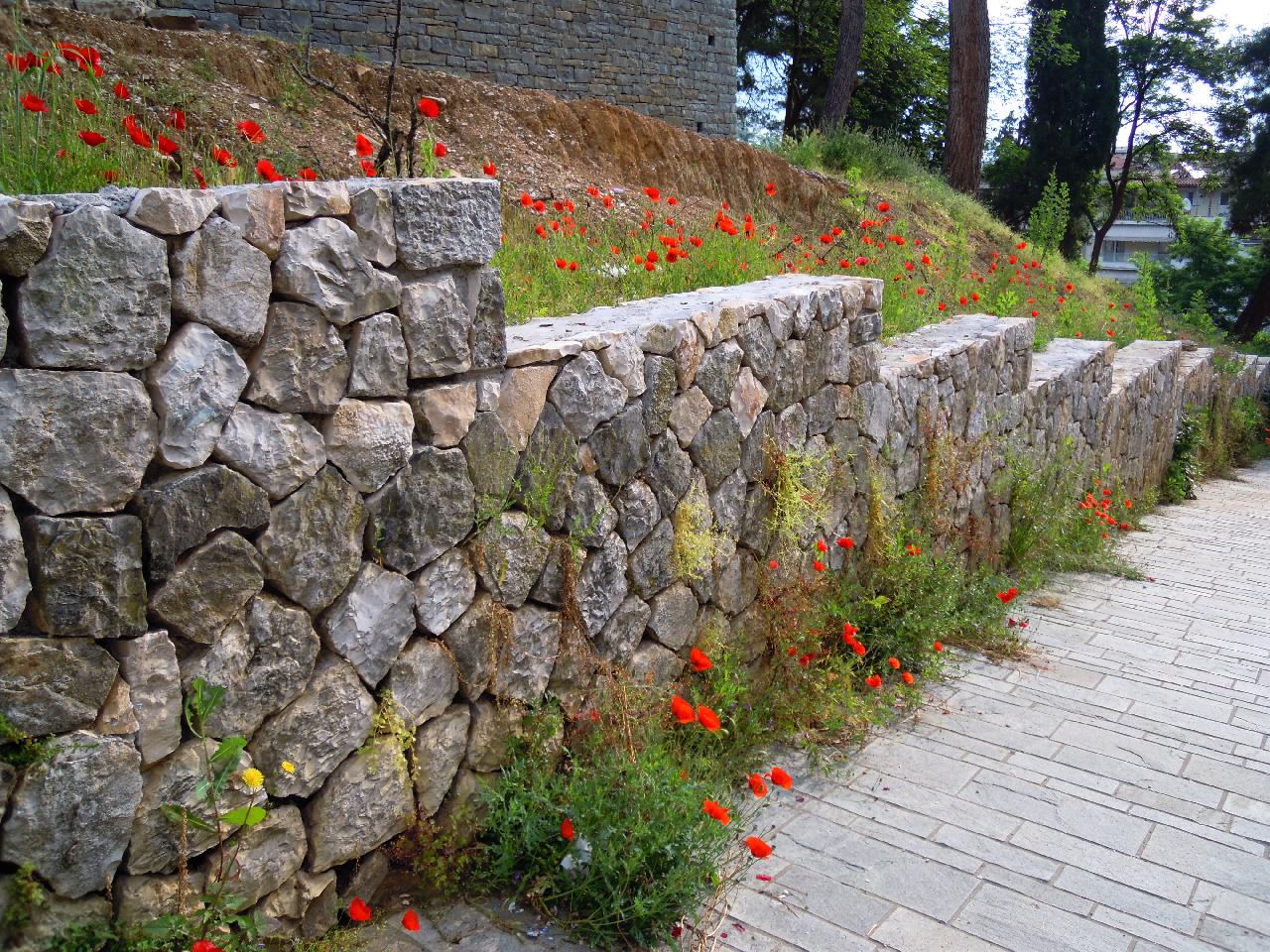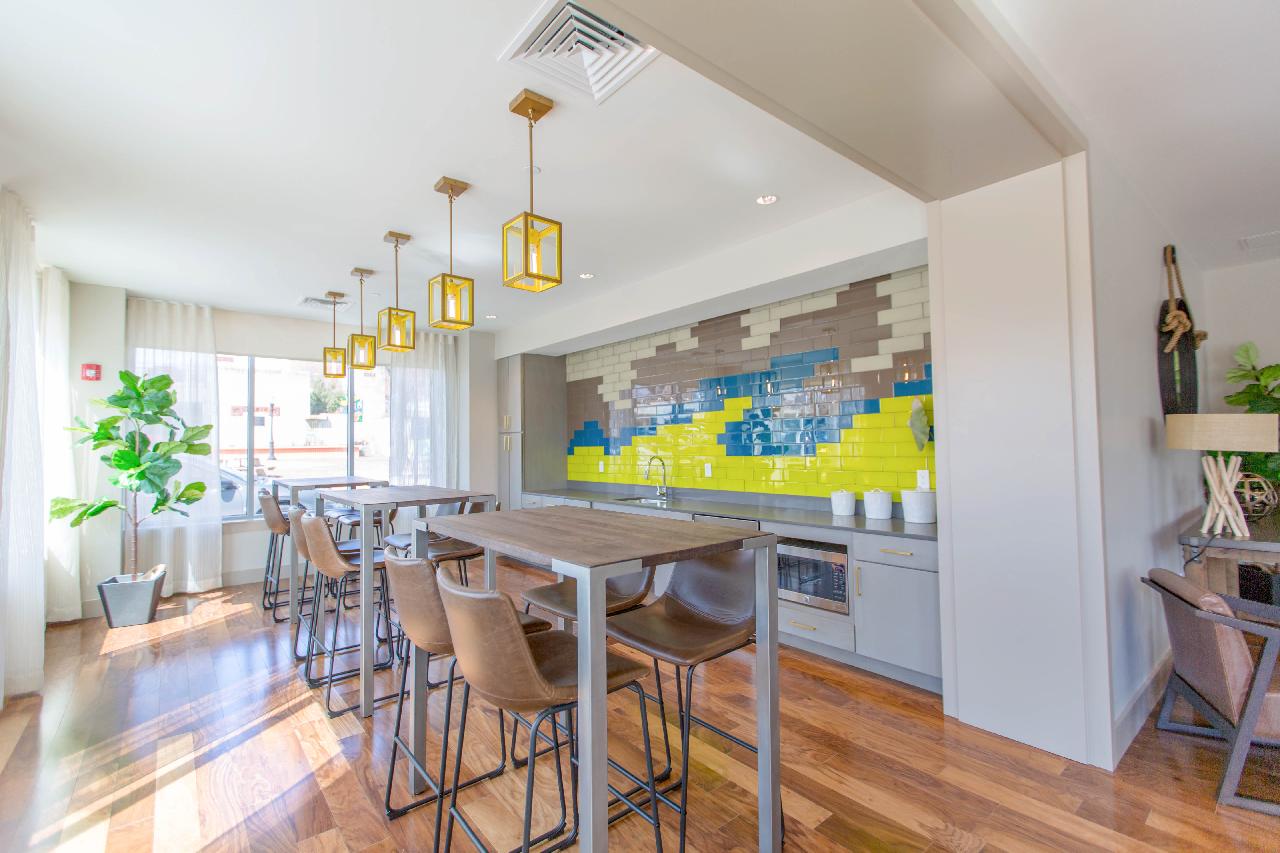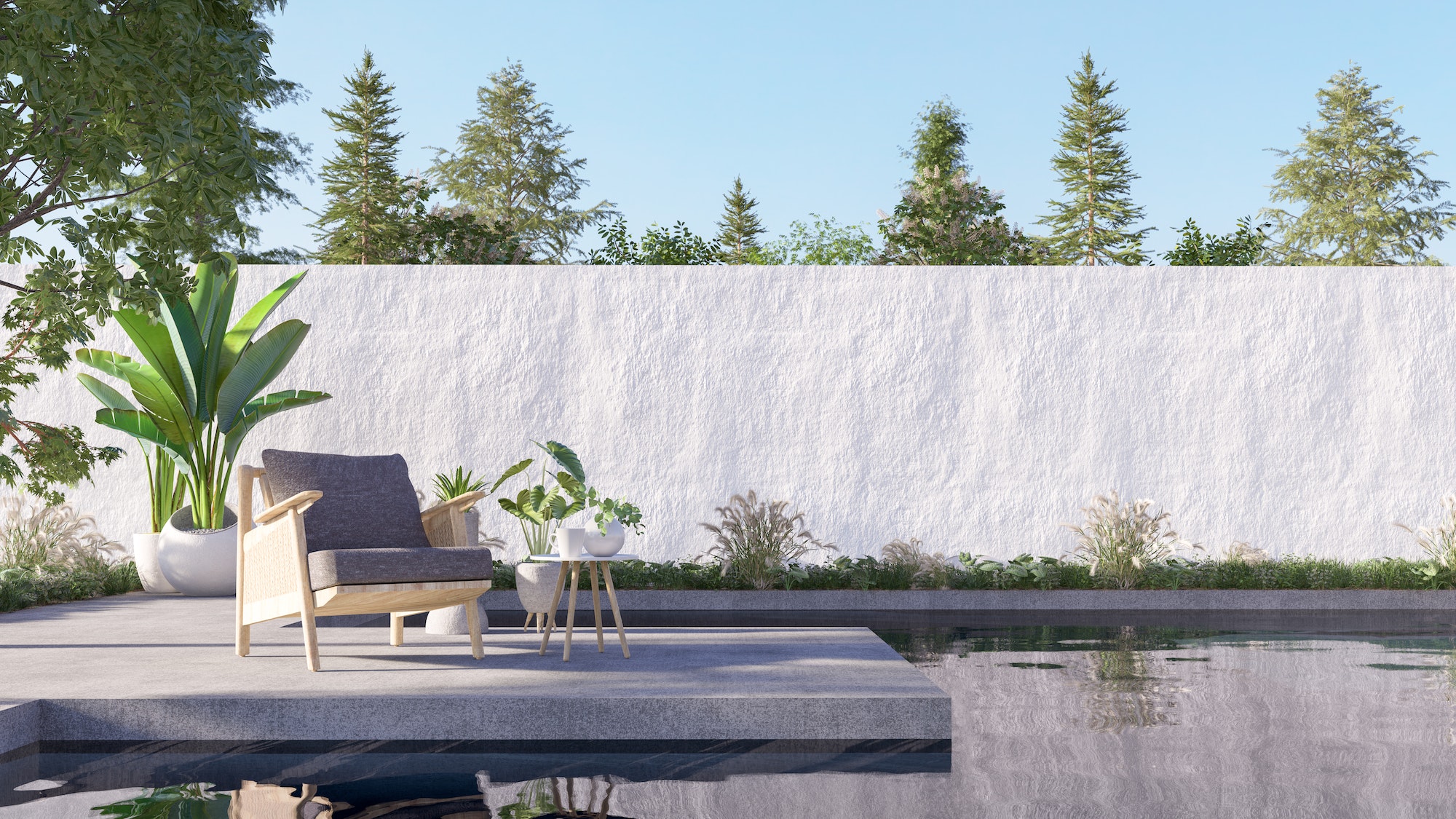Retaining walls are a must for many property owners and roadway construction projects. The walls prevent severe soil erosion that causes landslides, property shifts, and potential accidents. Many homeowner’s associations require a retaining wall with new home constructions to prevent serious damage and issues for surrounding properties. The retaining walls prevent complexities that could lead to property damage and personal injuries.
There are numerous retaining walls and designs created for different installations and construction projects. Each retaining wall has its own purposes and benefits to the property owner or the city in which they are constructed. When reviewing the walls, it is necessary for the contractor to understand the exact purpose of the walls and what they are supporting. The design is defined by the needs of the property owner or the city where the wall is required.
- Concrete Cantilever Retaining Wall
These walls are constructed as a wall that connects directly to a foundation. It can retain a higher volume of soil and prevent it from moving or shifting. This is the most prevailing selection chosen for commercial and residential properties.
The foundation has a backfill design that uses the weight of the wall to keep the soil from eroding and sliding down an embankment. Property owners who want to use this design for a retaining wall start by contacting a contractor now.
- Gravity Wall
A gravity wall requires the pressure from its weight to keep it in place and remain stable. The designs lean backward against the soil to prevent more erosion and maintain the integrity of the soil and the surrounding areas.
Contractors often create the gravity walls as a way to protect the landscaping and prevent it from washing away during storms. The walls are constructed of concrete or mortarless stone. The walls are considered more flexible and do not require additional support to remain in place.
- Reinforced Soil Retaining Wall
The walls are constructed of geotextile soil to reinforce the wall. The design is layered and has a granular fill. The soil that is retained can be used as a part of the design, and the contractors will use reinforced concrete and other materials to apply more strength to the structure. These walls are used to prevent adverse weather conditions from damaging land and causing landslides. This is one of the most economical ways that small cities and towns can protect underdeveloped areas.
4.Crib Retaining Wall
The crib retaining wall is another type of gravity wall. It has interlocking boxes that are constructed of concrete or timber. Each individual box is filled with granulated materials such as crushed stone. They are often recast designs and used most often for planter areas.
It supports the slope of certain structures. and prevents major landslides around large-scale structures. This could include highway construction or even larger buildings such as shopping centers. These designs are also beneficial when constructing around mountainous regions that haven’t been stabilized previously.
- Reinforced Retaining Walls
The reinforced retaining walls are constructed of concrete with an additional wall of masonry. They use gravity to prevent landslides and soil erosion. The design features a foundation that provides additional support for the wall and the weight of the concrete as well as the soil it is retaining.
Bars are installed inside the walls to give them more strength and integrity. These walls are installed around the edge of a property to prevent the soil from moving and causing the property itself to shift or collapse.
- Green Retaining Wall
The green retaining walls use plantlife to provide a barrier to prevent soil erosion and to create an active wall. It is a great way to keep embankments around roadways from flooding and causing shifts in the road design. These walls are often found underneath guardrails that are in place to prevent travelers from sliding off the road. The designs use plant cells such as honeycombs to create strong walls that absorb heavy rain and melting snow.
- Buttressed Retaining Wall
The cantilever design has fort monolithics to keep the wall and slab in place. It has a foundation that supports the wall and prevents it from becoming compromised even with incredible pressure. It uses tension stiffeners to prevent the wall from bending and allows for taller retaining walls. These retaining walls are often installed around bodies of water to prevent the soil from eroding and keep the water from flooding the properties.
- Anchored Retaining Wall
The anchored walls are constructed of concrete and may use some plant life to support them. They have a slab that holds the wall into place along with cables for reinforcement. The design follows a layering strategy that provides additional strength and may include additional soil or rocks. It may also use pressurized concrete to create larger-scale walls for areas where the soil wasn’t stabilized. They are often used in roadway construction when building up mountainous regions.
- Mechanical Stabilization Wall
These are also earth walls that are a mixture of plants and granular soil to create a wall and prevent issues around roadways. It retains the soil around the installation such as an overpass or small bridge. It doesn’t require framing and takes less time to construct. Many cities may use these walls to stabilize their overpasses and connections between roads that are higher than others. It can prevent a landslide and keep traffic safer.
Property owners and cities must consider the best type of retaining wall for the property before setting up the installation. No two retaining walls are exactly alike, and each has its own purpose and advantages. The size of the land and the slope of the soil may play a role in what type of wall best suits the property.
Many property owners install retaining walls to prevent their property from shifting or collapsing. Without proper support, the soil could wash away and shift underneath a foundation. This can cause some serious damage to the property and cause property owners to face excessive repair costs. By choosing the right wall, the land owner can prevent major issues and higher than average costs.
Discover more from Futurist Architecture
Subscribe to get the latest posts sent to your email.





Thanks for the tips! I’m glad to know that a concrete cantilever retaining wall is the most prevailing selection chosen for commercial and residential properties. I had no idea!